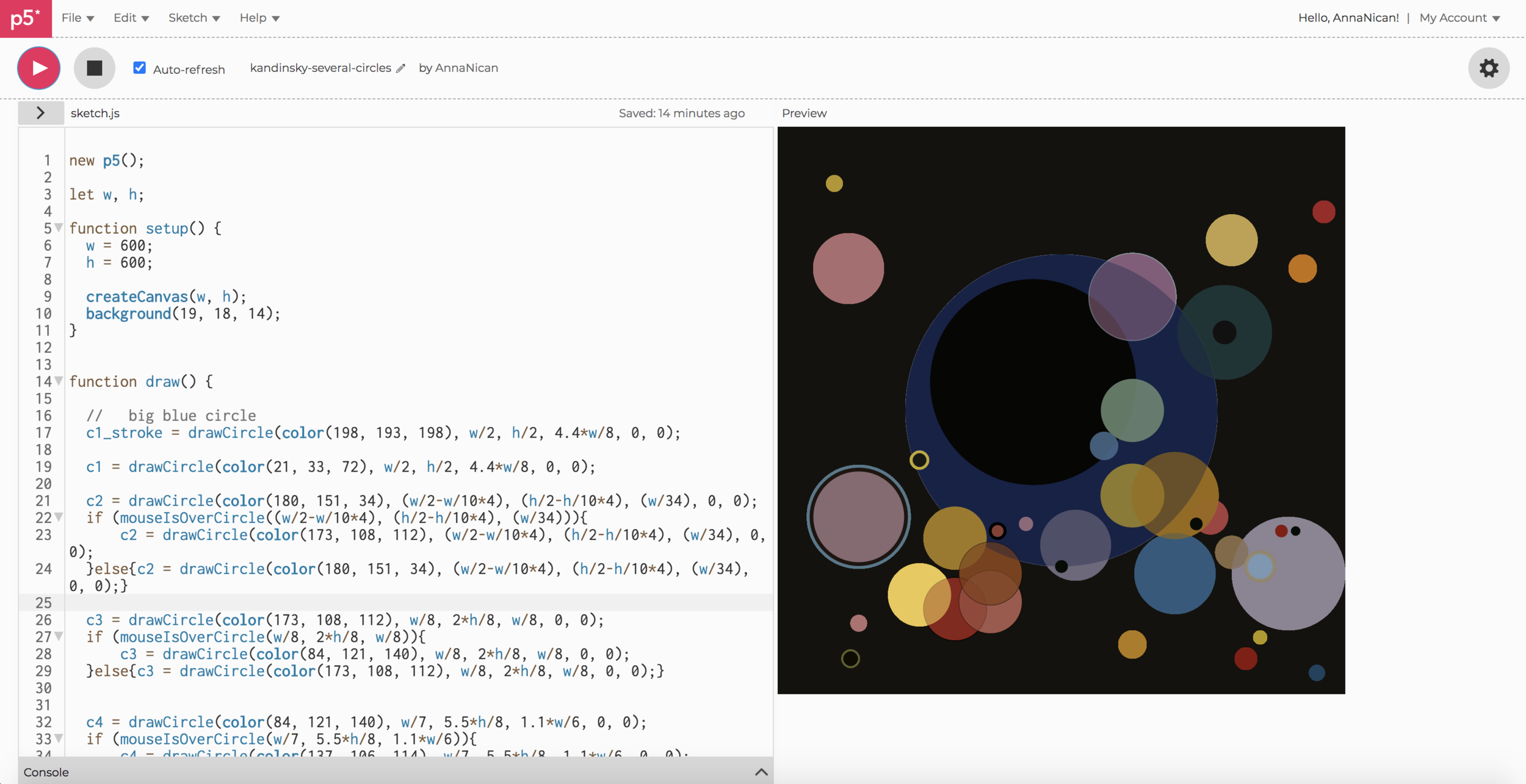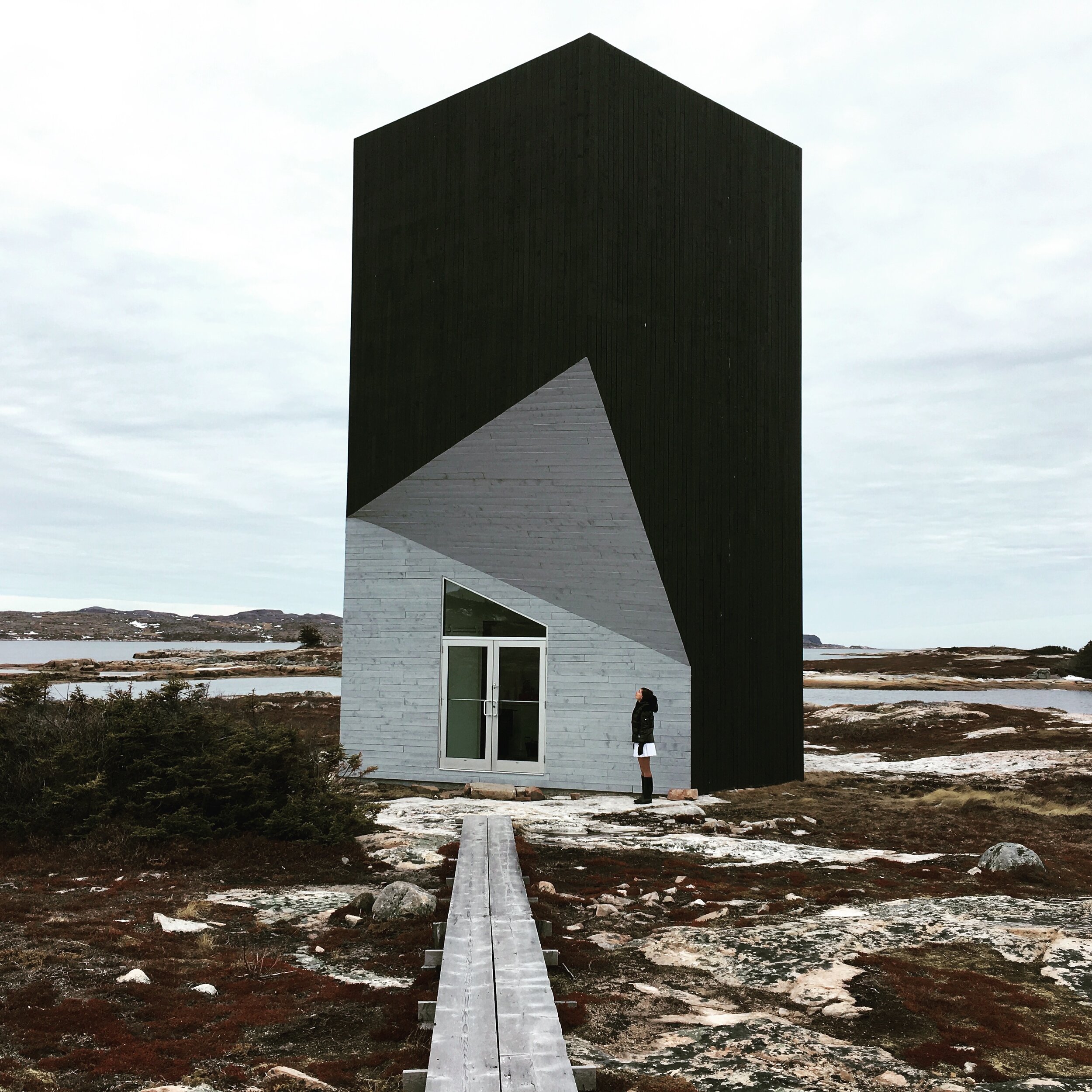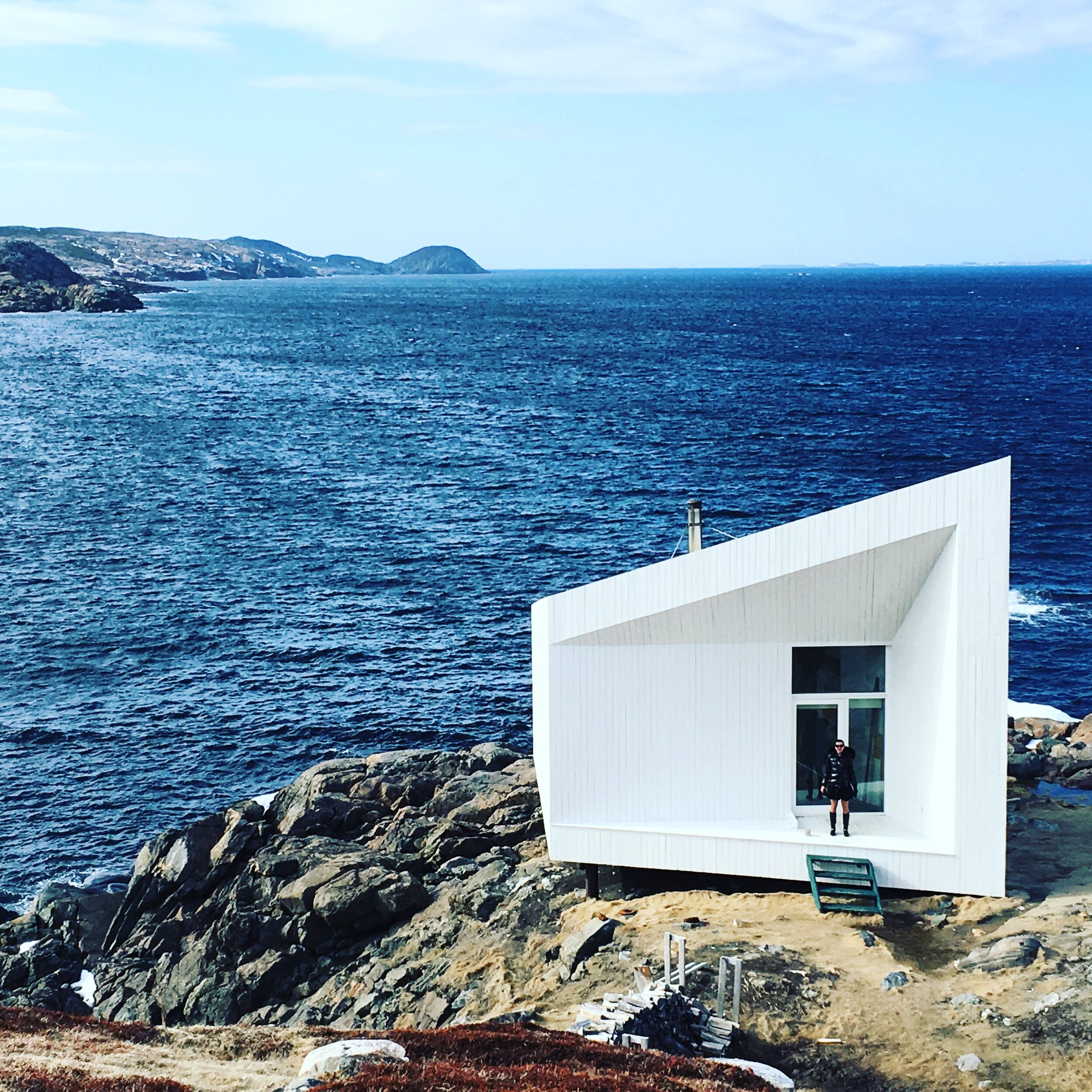“ If you ever need to deal with children aged 2 to 99, get this book” Jeff Atwood.
The magic formula includes: listen, repeat what they say, label their emotions. Redoing it for all humans(not just kids, because everyone wants to be heard and to communicate) :
* Never give people negative labels or labels in general - people will behave as you perceive them.
* Acknowledge feelings: Listen quietly and attentively, acknowledge with one-word answers (“uhm..” “I see”) so the other person has the opportunity to talk. Give the feeling a proper name (“annoying”, “what a shock”).
* Too often people do not want your advice, pity or experience - they just want you to listen how they feel. Indulge them (“If I had a magic wand I’d make a burger appear”, “I wish I could make the rain stop”)
* Safe fall back whenever possible to simply /describing/ things or situations instead of judging or pontificating.
* Communicate rationale behind your actions and ask for the rationale behind other people’s actions. State your expectation, because “no, not everything is obvious”/ Because language is [Best. Invention. Ever.]
* Compassion is always appreciated whether it comes sooner or later.
“How to Talk so Kids Will Listen” by Adele Faber and Elaine Mazlish
Before 2020, if I found myself on Upper East Side in between meetings, events or other weekend tumult, I would frequently dash to Guggenheim Museum to stare at some of my favorites from their core collection. For a while, my favorite was Henri Rousseau, but in recent years they have moved him back into storage (or it may be on-loan somewhere). My new favorite piece by Vasily Kandinsky is cosmic and harmonious [Several Circles]. The pictures don’t do it justice- in person (from what I can remember), the painting is gigantic and absorbing. It’s dark canvas like a black hole of Guggenheims’s permanent collection room, soaks tourist traffic. Few will pass by without stopping for at least a couple of minutes in front of it. I miss Guggenheim, and I miss Kandinsky, so this week as part of NYU ITP camp experience I have decided to practice my p5.js by re-creating Kandinsky. I found the tedious work of recalculating positions on the canvas meditative. Coloring it yet again made me realize that sometimes simplistic expressionistic paintings require more through-trough color palettes and compositions that might seem from the first glance. 300 lines of code later, here is the experiment: (It’s live, so make sure to hover over).
*Embodied cognition* is a topic cognitive psychology. It reflects the argument that the motor system influences our *cognition*, just as the mind influences bodily actions.
Currently, my Chinese classes are all about travel: using vocabulary to book tickets, describe the trips, and apply for a visa. Due to the current inability to travel it’s annoyingly evocative. However, during classes, I have discovered Jiuzhai Valley, National Park. The pictures showcase the place as an extravaganza of natural wonders and the remoteness makes it an extra appealing adventure. Bookmarking it for the next bucket list destination for an unforeseeable future, but in the meantime, one can salivate virtually over exotic scenery.
Talking about traveling and remote places. In 2016 I have celebrated my 26th Birthday in the “middle-of-nowhere” on Fogo Island. To get there, we drove for 2 days from St John. This week I saw the screening of Strange and Familiar: Architecture on Fogo Island. “The movie captures a bold architecture project that embraces the excitement of living on the edge, both in relation to nature and to contemporary design.” If you have 54 minutes, watch some stunning landscape and extraordinary architecture. Spoiler alert- it’s very uplifting.
Side note- for more inspiration Architecture and Design Film Festival will screen online these week movies from their archive: https://adfilmfest.com/site/online20 📽




